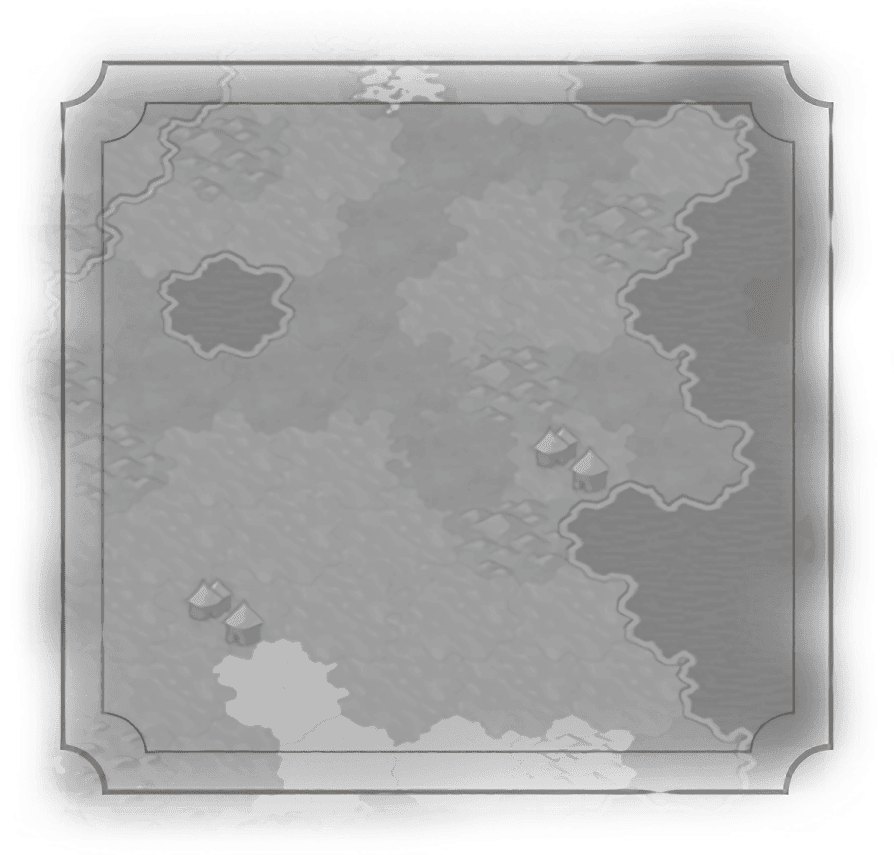Air Combat
Civilian
Land Combat
Archer
Artillery
AT Crew
Barbarian Horse Archer
Barbarian Horseman
Berserker
Black Army
Bombard
Carolean
Catapult
Cavalry
Conquistador
Cossack
Courser
Crossbowman
Crouching Tiger
Cuirassier
Digger
Domrey
Eagle Warrior
Field Cannon
Gaesatae
Garde Impériale
Giant Death Robot
Heavy Chariot
Helicopter
Hetairoi
Highlander
Hoplite
Horseman
Hul'che
Huszár
Hwacha
Hypaspist
Immortal
Impi
Infantry
Janissary
Keshig
Khevsur
Knight
Legion
Line Infantry
Llanero
Machine Gun
Malón Raider
Mamluk
Man-At-Arms
Mandekalu Cavalry
Maryannu Chariot Archer
Mechanized Infantry
Modern Armor
Modern AT
Mountie
Musketman
Ngao Mbeba
Nihang
Okihtcitaw
Oromo Cavalry
Pike and Shot
Pikeman
Pítati Archer
Questing Knight
Ranger
Redcoat
Rocket Artillery
Rough Rider
Sabum Kibittum
Saka Horse Archer
Samurai
Scout
Skirmisher
Slinger
Spearman
Spec Ops
Swordsman
Tagma
Tank
Toa
Trebuchet
Vampire
Varu
Voi Chiến
Warak’aq
War-Cart
Warrior
Warrior Monk
Winged Hussar
Zombie
Naval Combat
Support
Heroes


As the late classical age edged into the medieval period, there was a general decrease in the size of fighting forces, in part because state-sponsored armies were less common, but also because of the rise of the personal retinue by the nobility as part of the feudal system. Viking nobles had personal households that accompanied them on raids. As the Hundred Years' War ground on, English soldiers practiced the chevauchee—a destructive pattern of raiding by small groups of soldiers (often without sanction). The skirmisher represents these kinds of forces. Tough, seasoned warriors, capable of living in the field, surviving on their wits, and ready to withdraw if faced by tougher foes.

Traits
Requirements
 Production
Production Gold
Gold Gold
Gold
As the late classical age edged into the medieval period, there was a general decrease in the size of fighting forces, in part because state-sponsored armies were less common, but also because of the rise of the personal retinue by the nobility as part of the feudal system. Viking nobles had personal households that accompanied them on raids. As the Hundred Years' War ground on, English soldiers practiced the chevauchee—a destructive pattern of raiding by small groups of soldiers (often without sanction). The skirmisher represents these kinds of forces. Tough, seasoned warriors, capable of living in the field, surviving on their wits, and ready to withdraw if faced by tougher foes.
Traits
Requirements
 Production
Production Gold
Gold Gold
Gold


